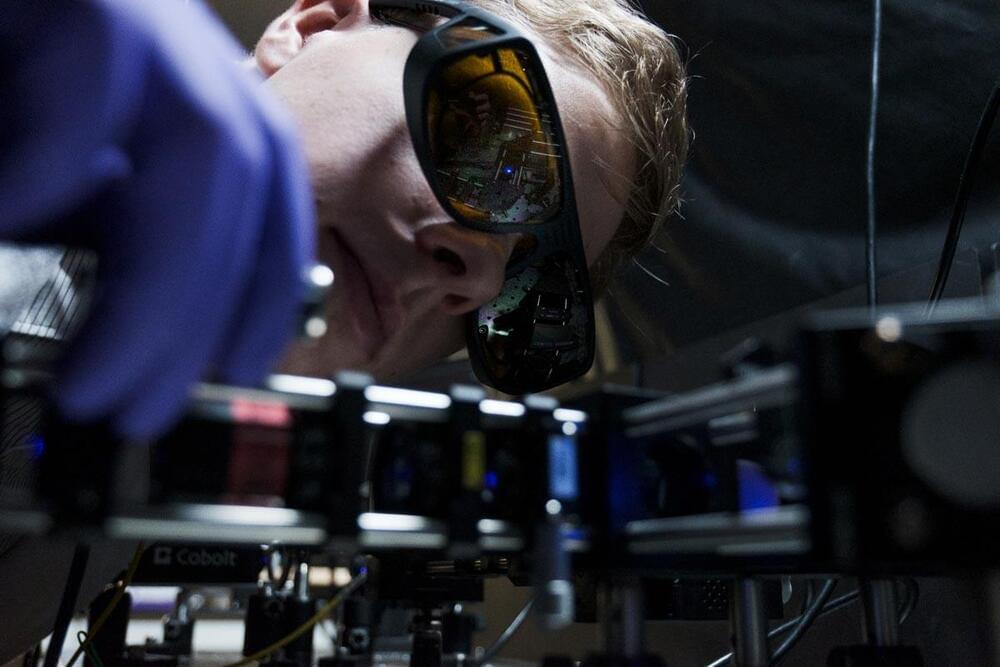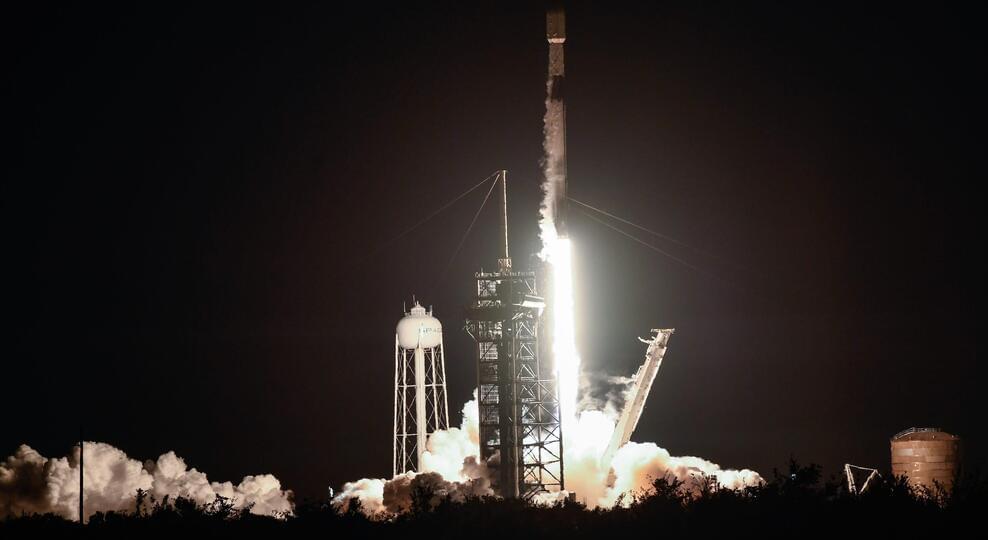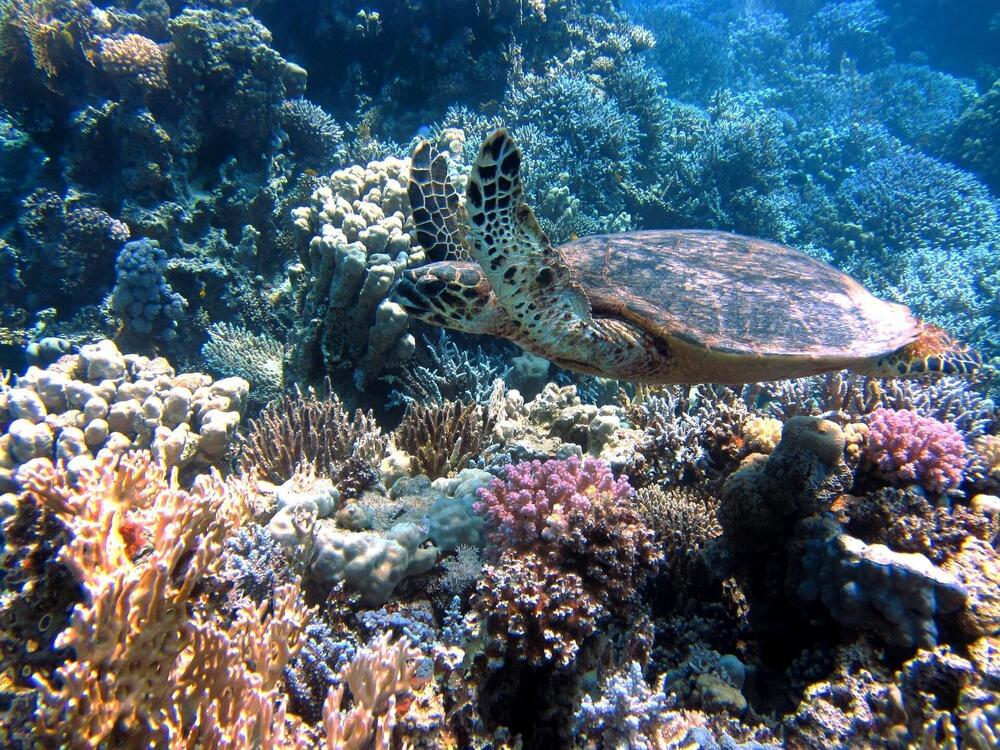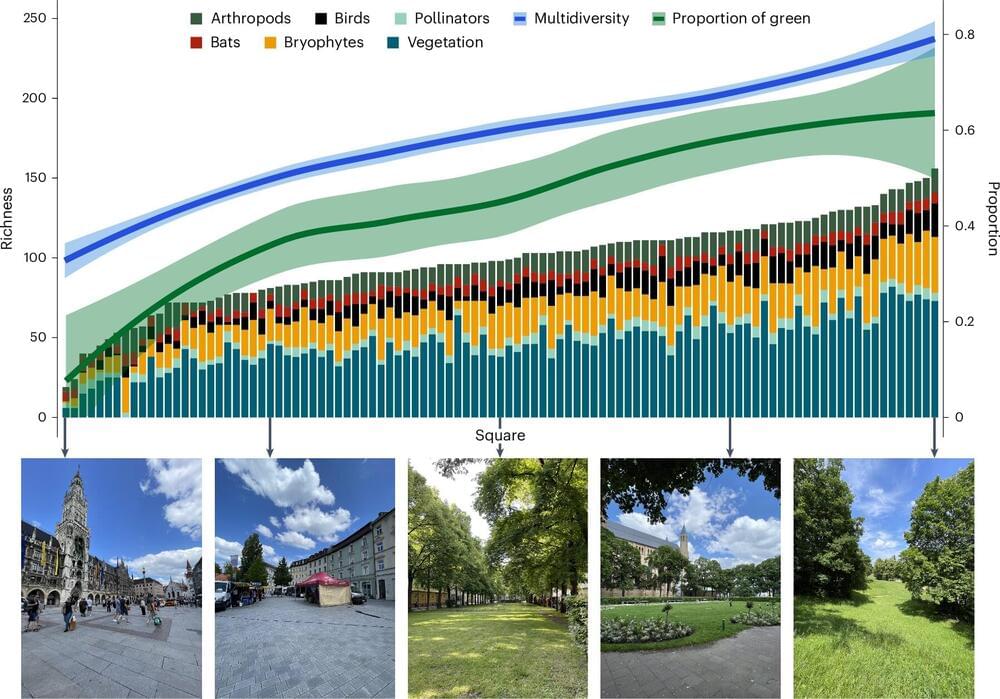Yikes o.o! What I believe is that we need to have cooling systems underwater to keep things cooler so coral and fish can survive. It could also mean even that fish food supplies could run out in the future from the ocean.
Following a global assessment, the IUCN Red List of Threatened Species has revealed that 44% of reef-building coral species globally are at risk of extinction. The announcement was made at the ongoing COP29 UN climate conference.
Dr. Michael Sweet, Professor of Molecular Ecology and Head of the Aquatic Research Facility at the University of Derby, is among a pool of experts who contributed to the global coral assessment, which has revealed the severe impacts of our rapidly changing climate.
The IUCN Red List has now reassessed the conservation status of 892 warm-water reef-building coral species, and analysis shows that 44% are threatened.








